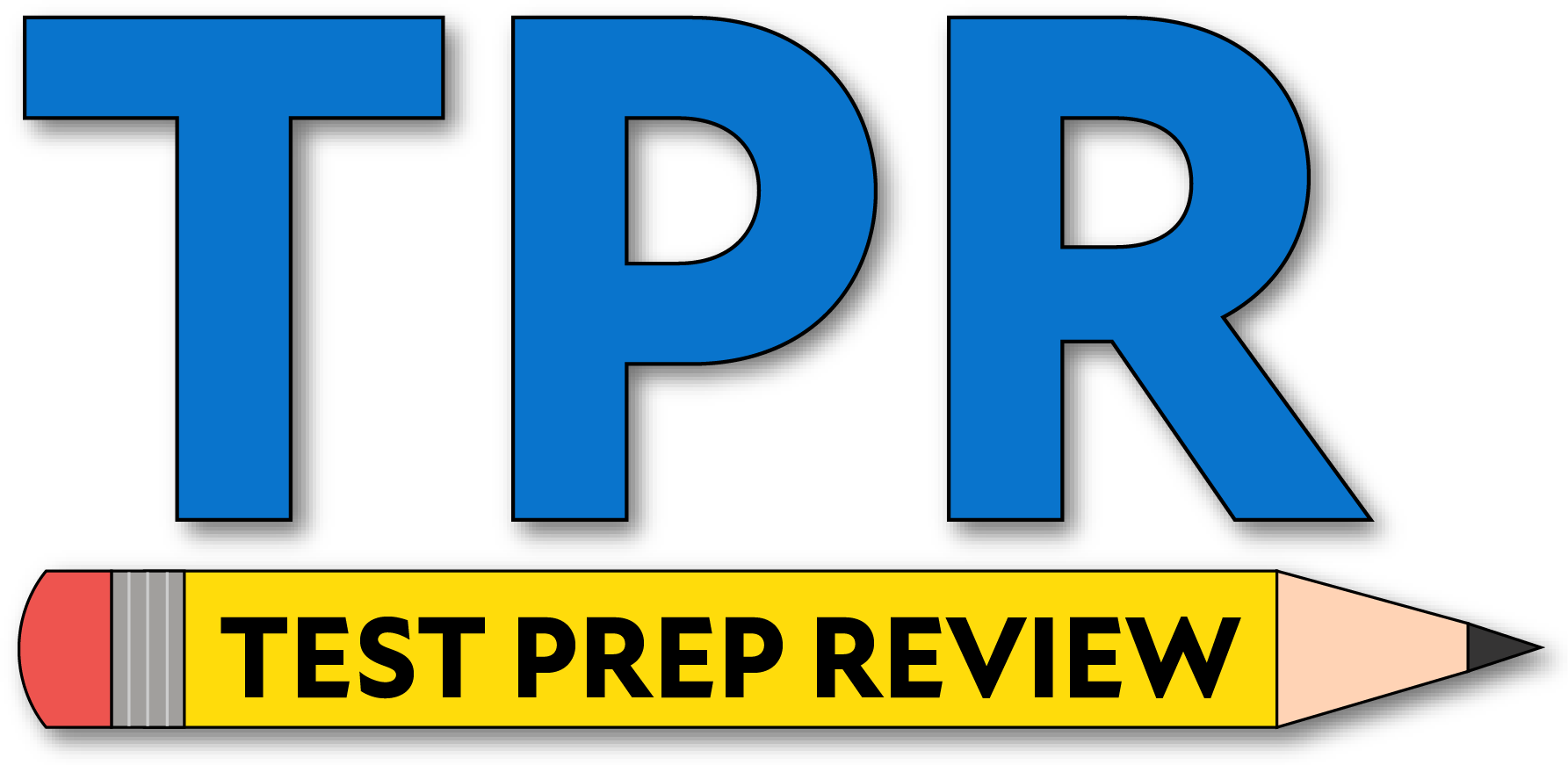- Which of the following is the mRNA start codon in most cases?
- UAA
- AGU
- AUG
- UGA
AUG is the canonical start codon. It codes for methionine (formyl-methionine in prokaryotes). UAA and UGA are stop codons.
- Which type of RNA is the smallest?
- mRNA
- tRNA
- rRNA
- DNA
tRNA molecules are about 75–90 nucleotides long. mRNAs vary widely and are often larger, and rRNAs include large species such as 16S and 28S.
- Which of the following is NOT considered a pyrimidine?
- C
- T
- U
- G
Cytosine, thymine, and uracil are pyrimidines (single ring). Guanine is a purine (double ring).
- Which of the following is paired correctly in double-stranded DNA?
- A-G
- C-G
- A-U
- G-T
In DNA, the standard base pairs are A–T and C–G. A–U occurs in RNA.
- Which of the following characterizes a western blot?
- Antibody/protein hybridization
- DNA/RNA combination
- RNA transcription
- Polymerase chain reaction
Western blots detect specific proteins: proteins are separated by SDS-PAGE, transferred to a membrane, and probed with antibodies.
- Which of the following is the approximate prevalence ratio for cystic fibrosis in people of Northern European descent?
- 1:25,000
- 1:5,000
- 1:2,500
- 1:800
Cystic fibrosis occurs in about 1 in 2,500 births among people of Northern European ancestry. The overall US prevalence is about 1 in 3,200.
- Which of the following divisions of cell growth precedes mitosis in the cell cycle?
- G2
- G1
- S
- G0
G2 follows DNA replication (S phase) and immediately precedes mitosis (M phase).
- Down syndrome is directly linked to a genetic abnormality of which chromosome?
- XXII
- XXI
- XVIII
- XV
Down syndrome is trisomy of chromosome 21 (XXI).
- Which of the following is a characteristic of the Hardy–Weinberg law?
- Mating between species occurs at a set rate.
- Migration is a considerable factor.
- Mutation occurs at the locus.
- Genotype selection does not occur at the locus.
Hardy–Weinberg equilibrium assumes no selection, no mutation, no migration, random mating, and a very large population.
- Which of the following is NOT a characteristic of Hurler syndrome?
- Autosomal recessive condition
- Associated with delayed mental development
- Spasticity
- Corneal deficits
Hurler syndrome (MPS I) is autosomal recessive with developmental delay and corneal clouding. Spasticity is not a defining feature.
- Which of the following is NOT a characteristic of Krabbe disease?
- Autosomal recessive condition
- Spasticity
- Nausea
- Optic nerve deficits
Krabbe disease (galactocerebrosidase deficiency) is autosomal recessive with neurodegeneration, spasticity, peripheral neuropathy, and optic atrophy. Nausea is not typical.
- Which of the following is NOT a characteristic of Fabry disease?
- X-linked disease
- Low levels of α-galactosidase A
- Profound muscular weakness
- Increased levels of ceramide trihexoside
Fabry disease is X-linked with deficient α-galactosidase A and accumulation of ceramide trihexoside. Severe muscle weakness is not a hallmark feature.
- Which of the following is NOT a characteristic of sickle cell anemia?
- More common in African Americans
- Autosomal dominant
- Mutation in β-globin
- Intense chronic pain
Sickle cell disease is autosomal recessive, caused by a β-globin point mutation (Glu→Val), and characterized by vaso-occlusive pain crises.
- Which of the following is NOT a characteristic of the Southern blot?
- DNA hybridization
- Use of a filter and film combination
- Activated by antigen/antibody reactions
- Uses a DNA sample
Southern blots analyze DNA via probe hybridization on a membrane. Antigen–antibody reactions are the basis of the western blot.
- Which of the following is NOT a characteristic of S-adenosyl methionine?
- Participates in creatine synthesis (precursor of phosphocreatine)
- Considered a rate-limiting enzyme of glycolysis
- Aids in the transfer of methyl
- Byproduct of methionine and ATP combination
S-adenosyl methionine is a universal methyl donor formed from methionine and ATP. It contributes to creatine synthesis. The rate-limiting enzyme of glycolysis is phosphofructokinase-1, not SAM.
- Which of the following is NOT an activated carrier?
- ATP
- SAM
- TPP
- GMP
Activated carriers include ATP for phosphate, SAM for methyl groups, and TPP for aldehyde transfers. GMP is not typically used as an activated carrier.
- Per turn of the TCA cycle, how many NADH are produced?
- 3
- 4
- 5
- 6
Each cycle yields three NADH from isocitrate dehydrogenase, α-ketoglutarate dehydrogenase, and malate dehydrogenase, plus one FADH2 and one GTP.
- How many ATP equivalents are required to convert two pyruvate to one glucose via gluconeogenesis?
- 5
- 6
- 7
- 8
Gluconeogenesis consumes four ATP and two GTP, totaling six high-energy phosphate equivalents (and two NADH).
- Which of the following is NOT a derivative of tryptophan?
- Melatonin
- Serotonin
- Creatine
- Niacin
Creatine is synthesized from arginine, glycine, and S-adenosyl methionine. Tryptophan gives rise to serotonin, melatonin, and niacin.
- Pompe disease is a type ___ glycogen storage disease.
- I
- II
- III
- IV
Type II (Pompe) is due to acid α-glucosidase deficiency. The classic infantile form presents with cardiomegaly and hypotonia.
